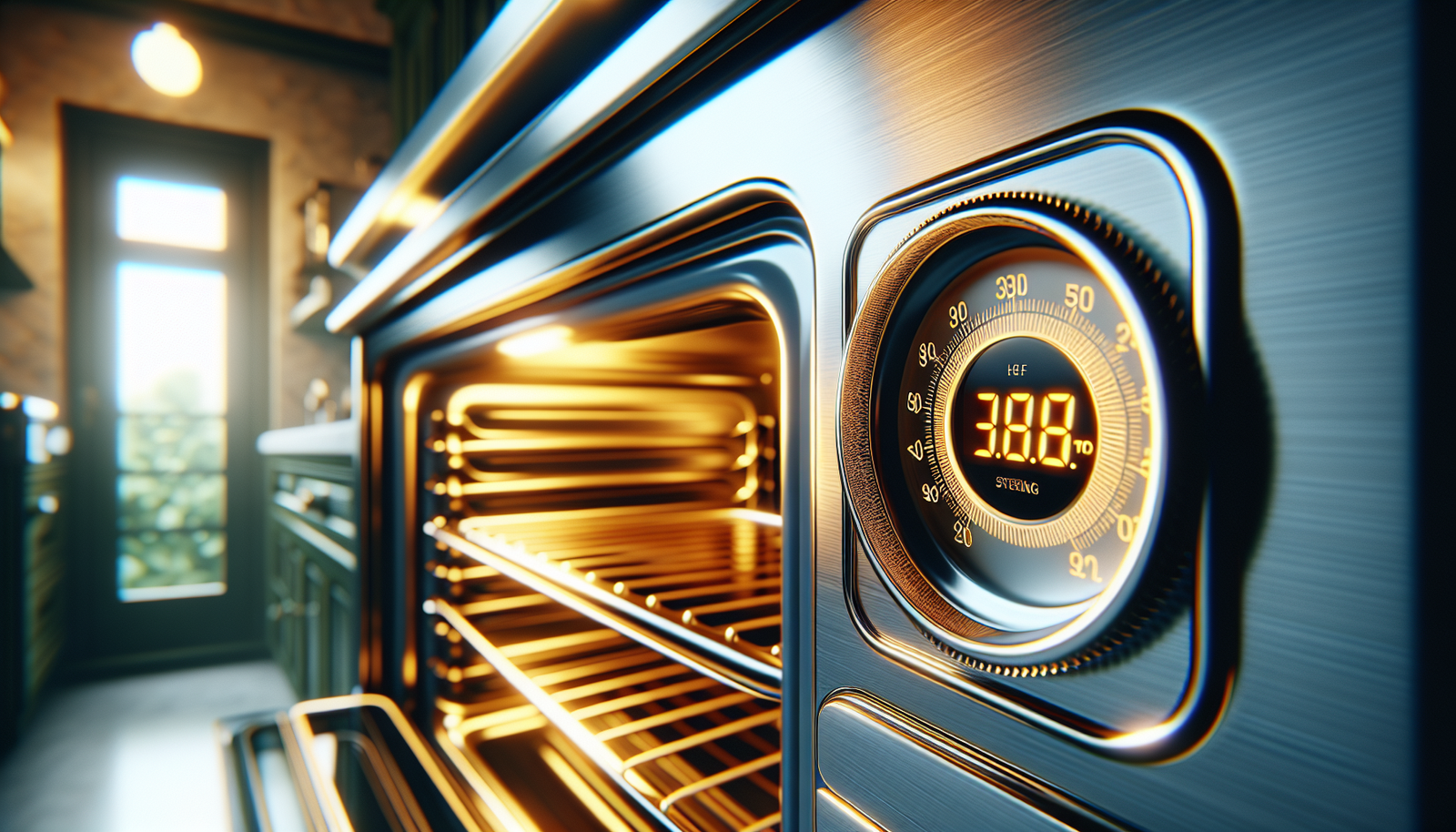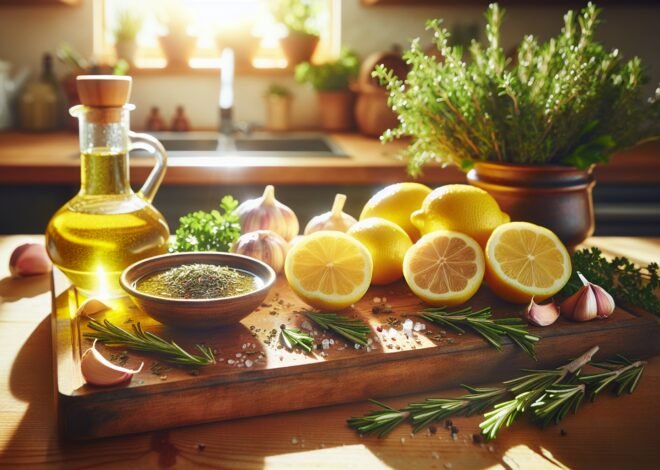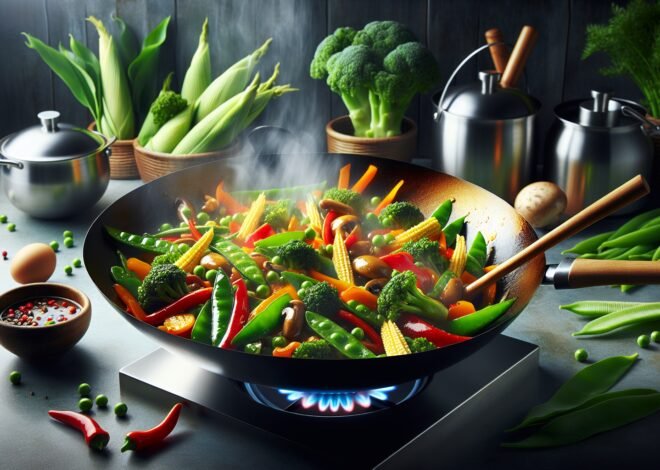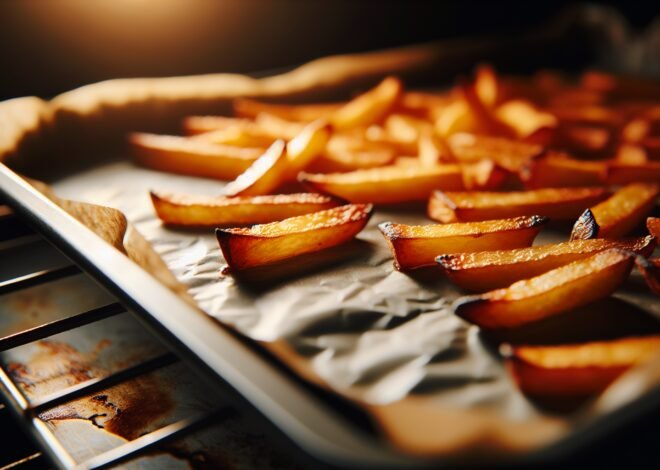
The Role of Oven Temperature in Achieving Even Cooking
Oven temperature plays a crucial role in achieving even cooking results. In this article, we will discuss how proper temperature control can enhance the quality of your baking, prevent overcooking, and ensure that your dishes turn out perfect every time. Whether you’re baking cookies or roasting a chicken, understanding the science behind oven temperature is key to cooking like a pro.
Importance of Oven Temperature
Understanding oven temperature is crucial for successful cooking and baking. It’s not just about setting a number on a dial; it’s about creating the right environment for your dish. Let’s dive into the elements that make oven temperature so important.
Understanding Heat Distribution
Heat distribution in an oven can make or break a dish. Even heat ensures consistent cooking throughout. Uneven heat can lead to burnt edges and raw centers. Knowing how your oven distributes heat helps you manage your recipes better.
- Convection Ovens: Use fans to circulate heat, ensuring even cooking.
- Conventional Ovens: Heat rises, so the top may be hotter than the bottom.
Avoiding Overcooking
Overcooking ruins the texture and flavor of food. Keeping a close eye on oven temperature helps prevent this. Too high a temperature can dry out meats and over-crisp baked goods.
- Monitor cooking times closely.
- Use timers to alert you when to check the dish.
- Adjust temperature gradually rather than drastically.
Maintaining Even Texture
The right oven temperature ensures even texture across the dish. For baked goods, this means moist interiors and crisp exteriors. For meats, it means a juicy center with a well-browned crust.
- Check for Hot Spots: Rotate dishes to prevent uneven cooking.
- Use Baking Stones or Sheets: Help distribute heat evenly.
Temperature Settings for Different Dishes
Different dishes require different temperatures for the best results. Understanding these variations is key to elevating your cooking game. Let’s explore how to set the perfect temperature for every meal.
Baking vs Roasting
Baking and roasting are similar but require different temperature settings. Baking typically involves lower temperatures for longer periods, while roasting uses higher temperatures.
- Baking: Ideal for cakes, bread, and pastries.
- Roasting: Best for meats and vegetables.
Recommended Temperatures
Each dish has its ideal temperature range. Here’s a quick guide:
- Breads and Pastries: 350°F to 375°F
- Cakes: 325°F to 350°F
- Roast Meats: 375°F to 450°F
Common Mistakes
Avoid these common temperature mistakes to improve your cooking:
- Too Hot, Too Fast: Leads to burnt exteriors and raw insides.
- Ignoring Preheating: Affects cooking times and consistency.
Tools for Temperature Control
Having the right tools makes controlling oven temperature easier. These gadgets ensure precision and help you achieve the perfect cook every time. Discover how to optimize your oven’s performance with these tools.
Oven Thermometers
An oven thermometer is essential for ensuring accurate temperature. It helps identify discrepancies in your oven’s settings and actual temperature.
- Buy a Reliable Thermometer: Invest in quality for accurate readings.
- Place in the Center: Position it for the most accurate reading.
Calibration Techniques
Calibration ensures your oven cooks at the correct temperature. Regular checks and adjustments maintain accuracy.
- Test with a thermometer periodically.
- Adjust the oven settings as needed.
Using Convection for Better Results
Convection ovens can be a game changer for even cooking. The fan circulates heat, reducing cooking times and improving consistency.
- Convert Recipes: Adjust time and temperature for convection settings.
- Use for Roasting: Ideal for crispy skins and tender interiors.
Conclusion
Proper oven temperature is essential for achieving evenly cooked dishes. By understanding heat distribution, avoiding overcooking, and using the right tools, you can enhance the quality of your cooking and ensure consistent results. Adjusting and monitoring your oven temperature will help you produce better meals and prevent common baking issues.
FAQ
Why is oven temperature important in cooking?
Oven temperature ensures food cooks evenly. Incorrect temperatures can lead to undercooked or overcooked dishes, impacting taste and texture. Maintaining the right temperature is key for achieving desired results in both baking and roasting.
How do I know if my oven is calibrated correctly?
Place an oven thermometer inside and set the oven to a specific temperature. After 15-20 minutes, check if the thermometer matches the set temperature. If there’s a discrepancy, recalibration might be necessary, following the oven’s manual instructions.
What are the best tools to measure oven temperature?
An oven thermometer provides accurate readings. Digital probe thermometers offer precise measurements and can alert you to temperature fluctuations, ensuring your oven maintains the desired heat level.
How does oven temperature affect baking outcomes?
Temperature influences baking results significantly. Too high can cause burning on the outside while remaining raw inside. Too low can lead to undercooked, dense textures. Consistent temperature ensures even cooking and optimal texture and flavor.
Can convection ovens improve cooking temperature control?
Convection ovens enhance temperature control by circulating hot air, promoting even cooking. This technology can reduce cooking times and improve energy efficiency, offering more consistent results compared to conventional ovens.
What are common mistakes people make with oven temperatures?
Many assume the oven heats immediately to the set temperature, which can result in uneven cooking. Opening the oven door frequently also causes temperature loss. Not using an oven thermometer is another mistake, leading to inaccurate temperature readings.











